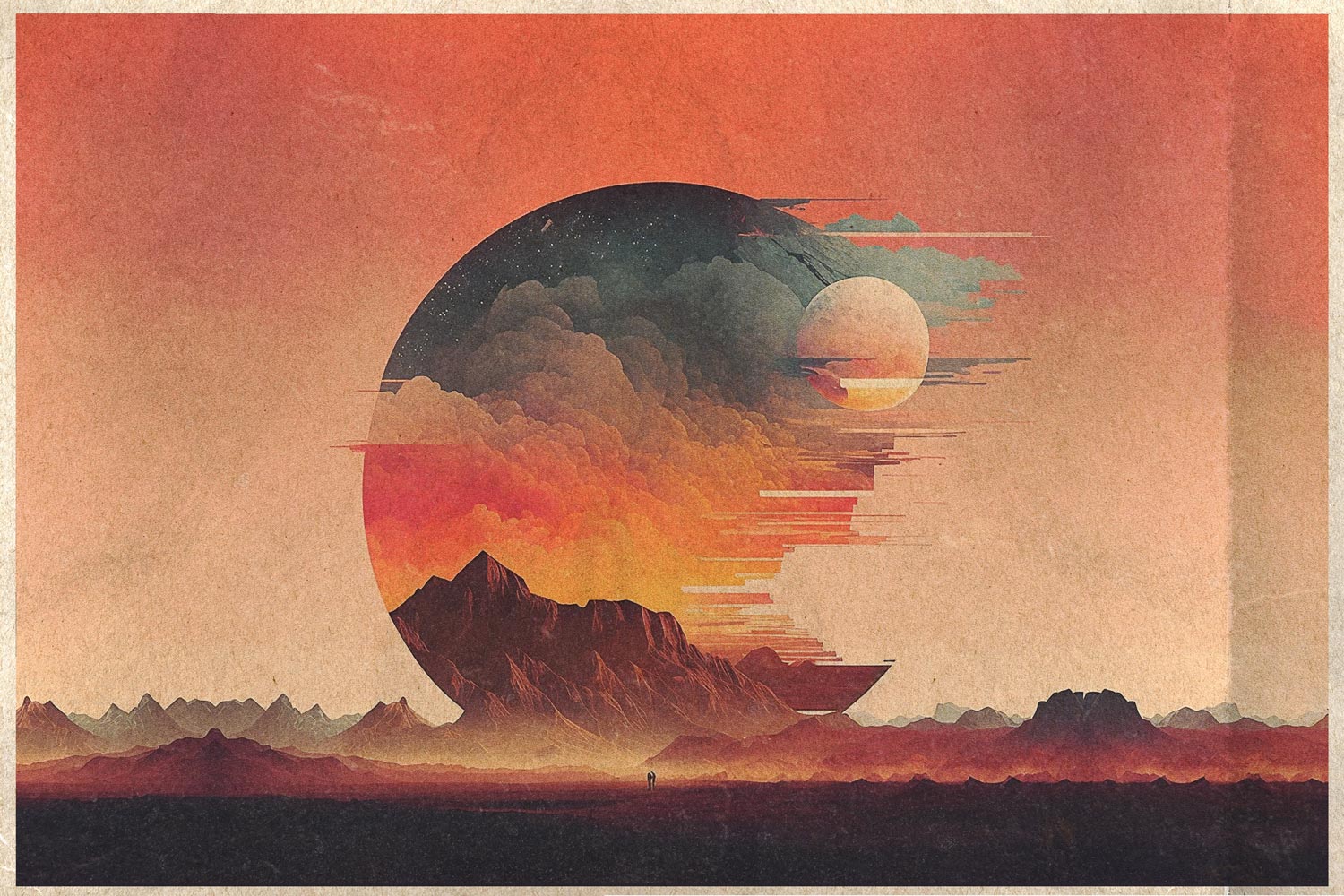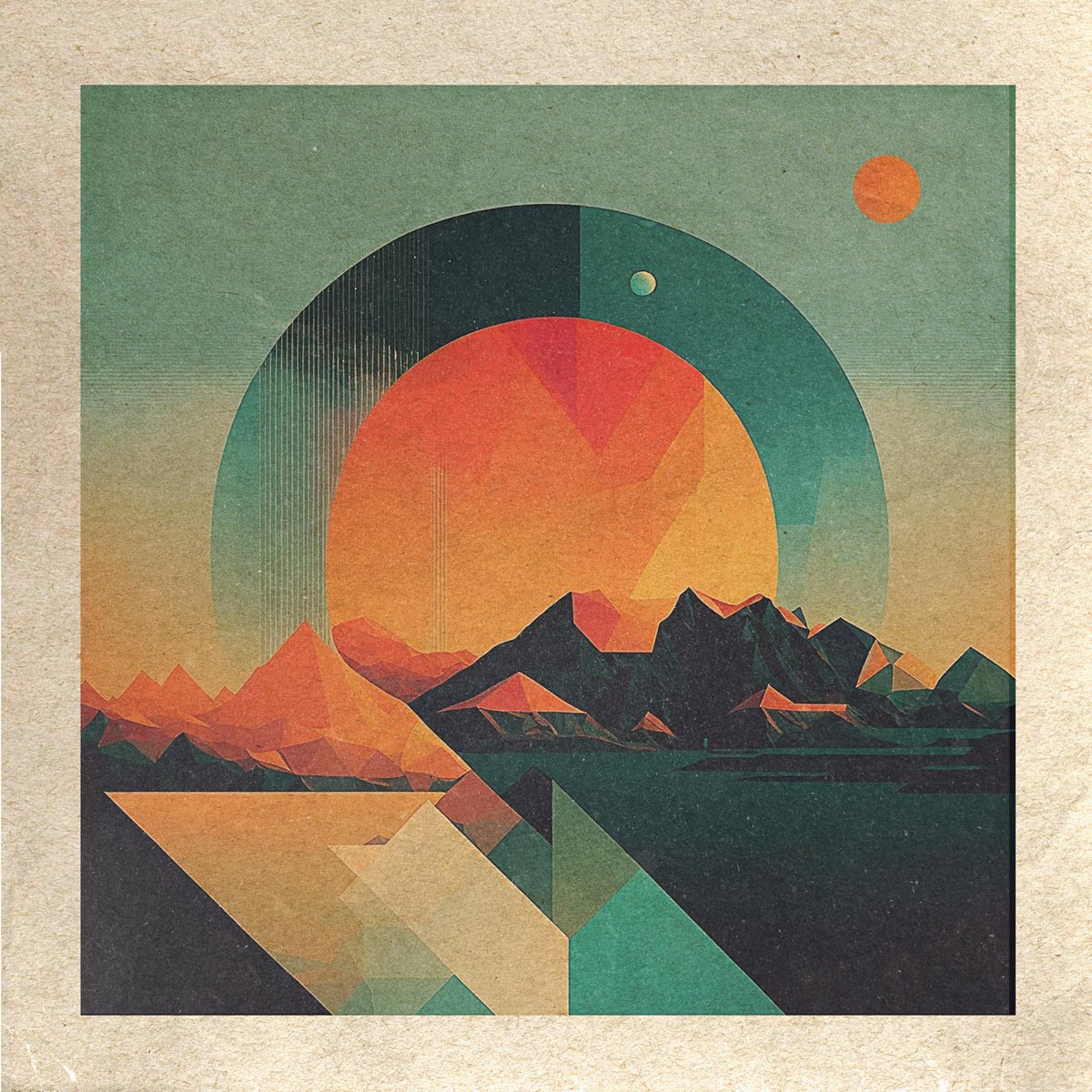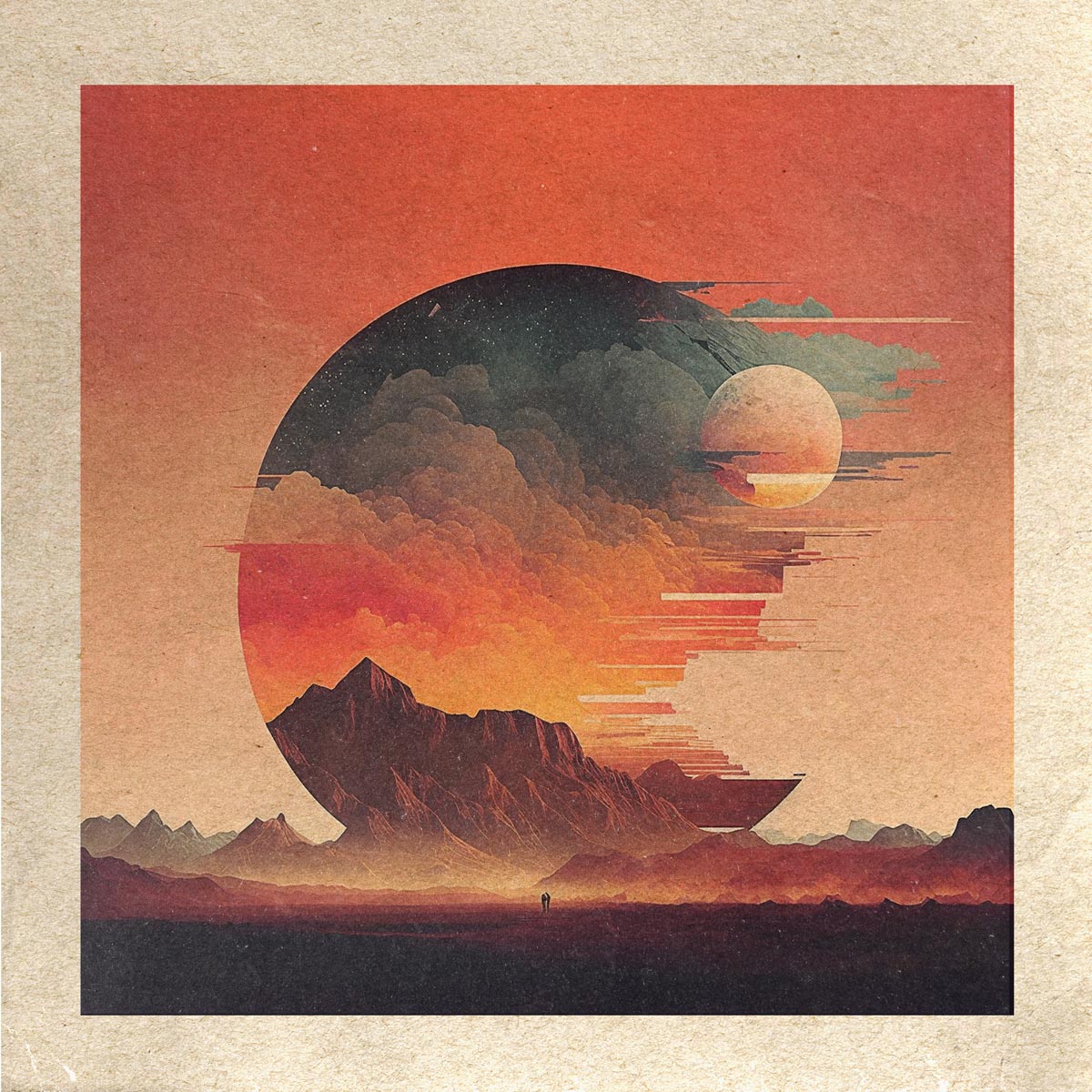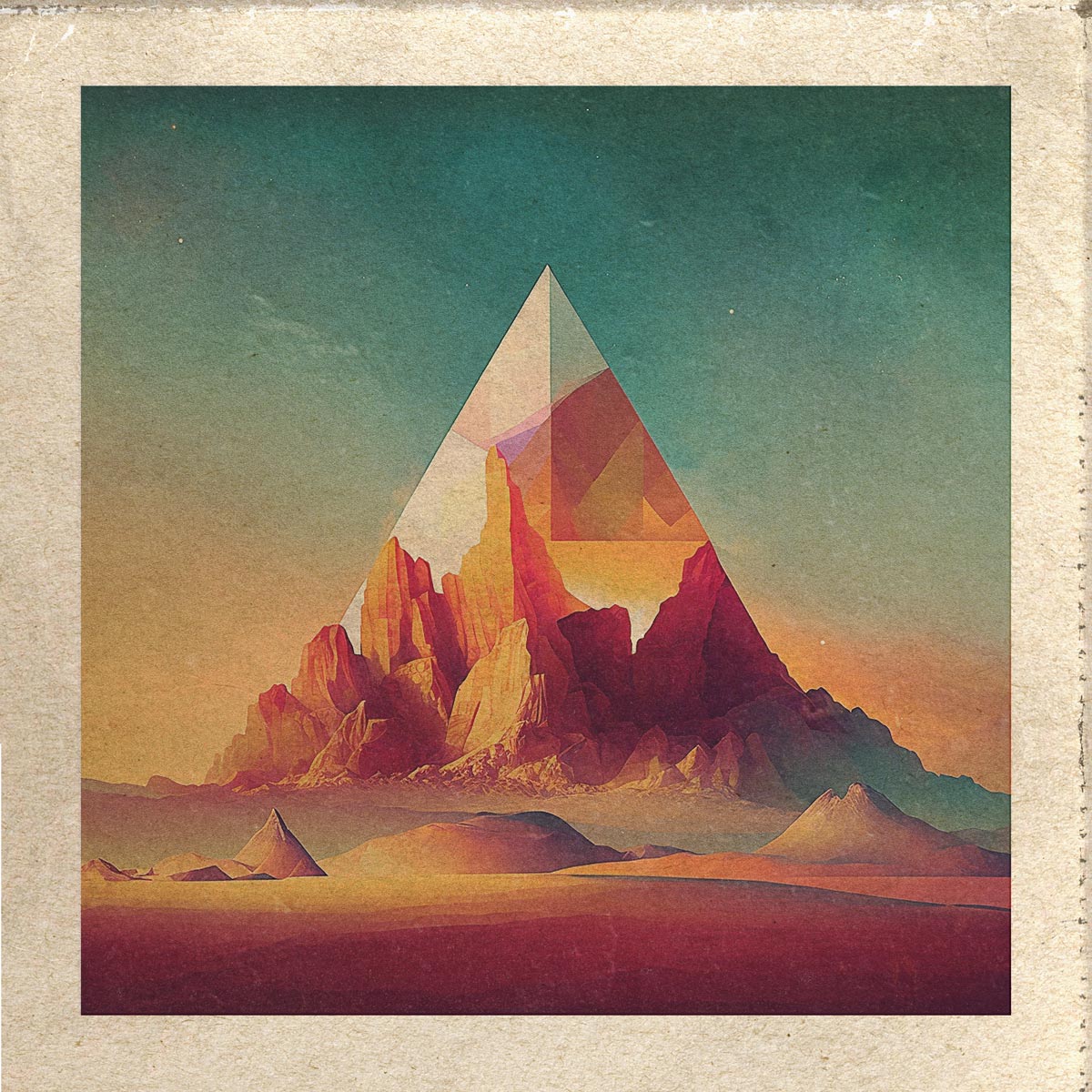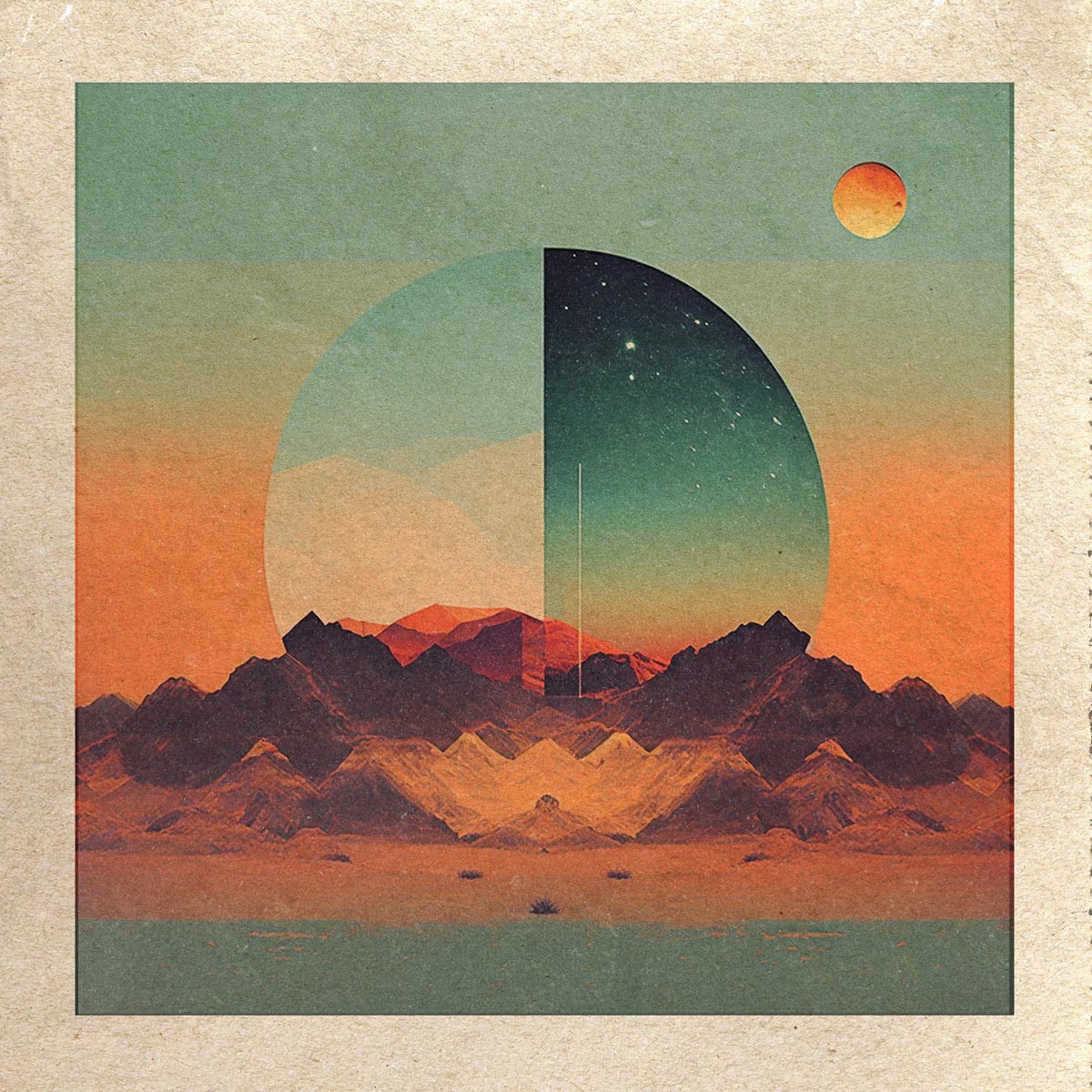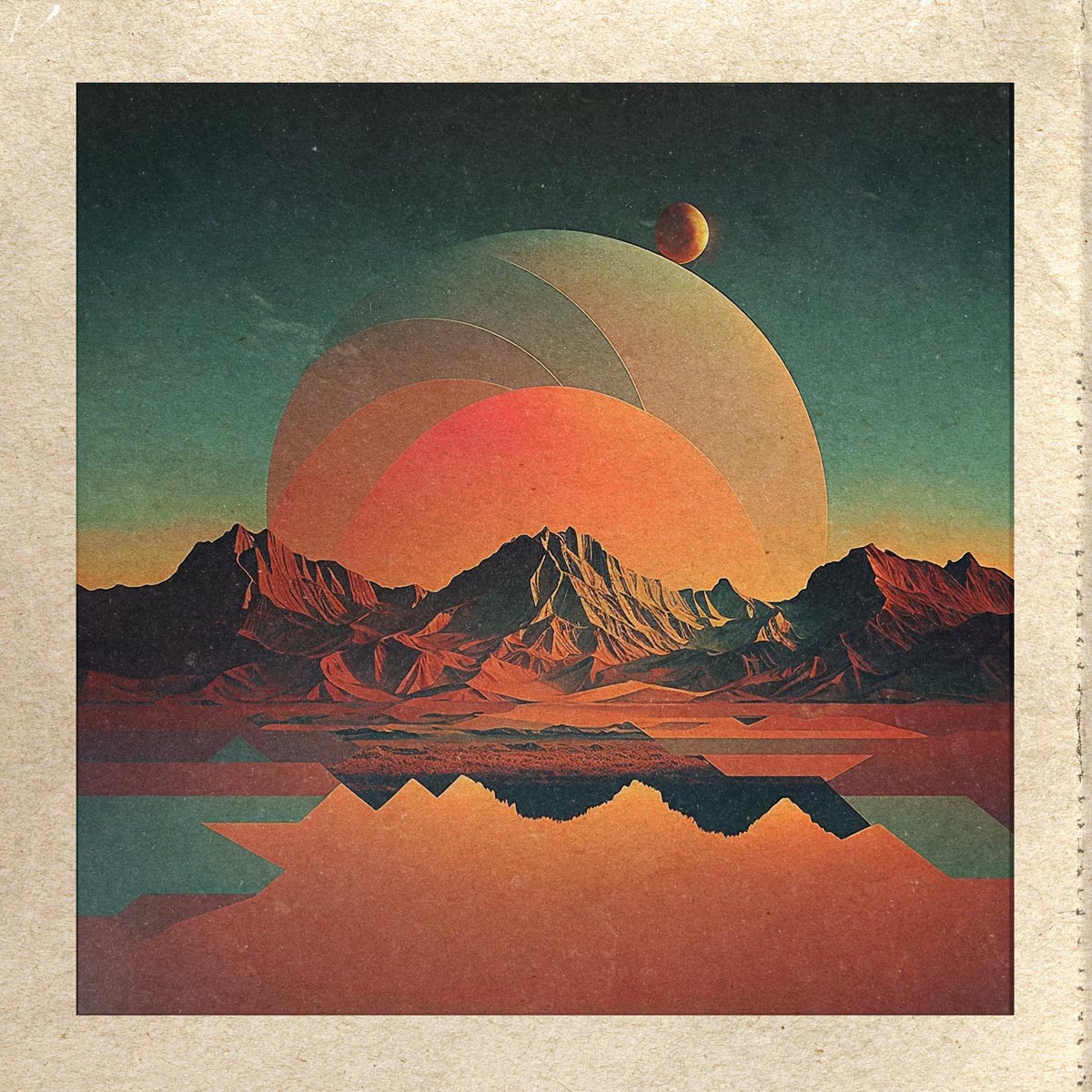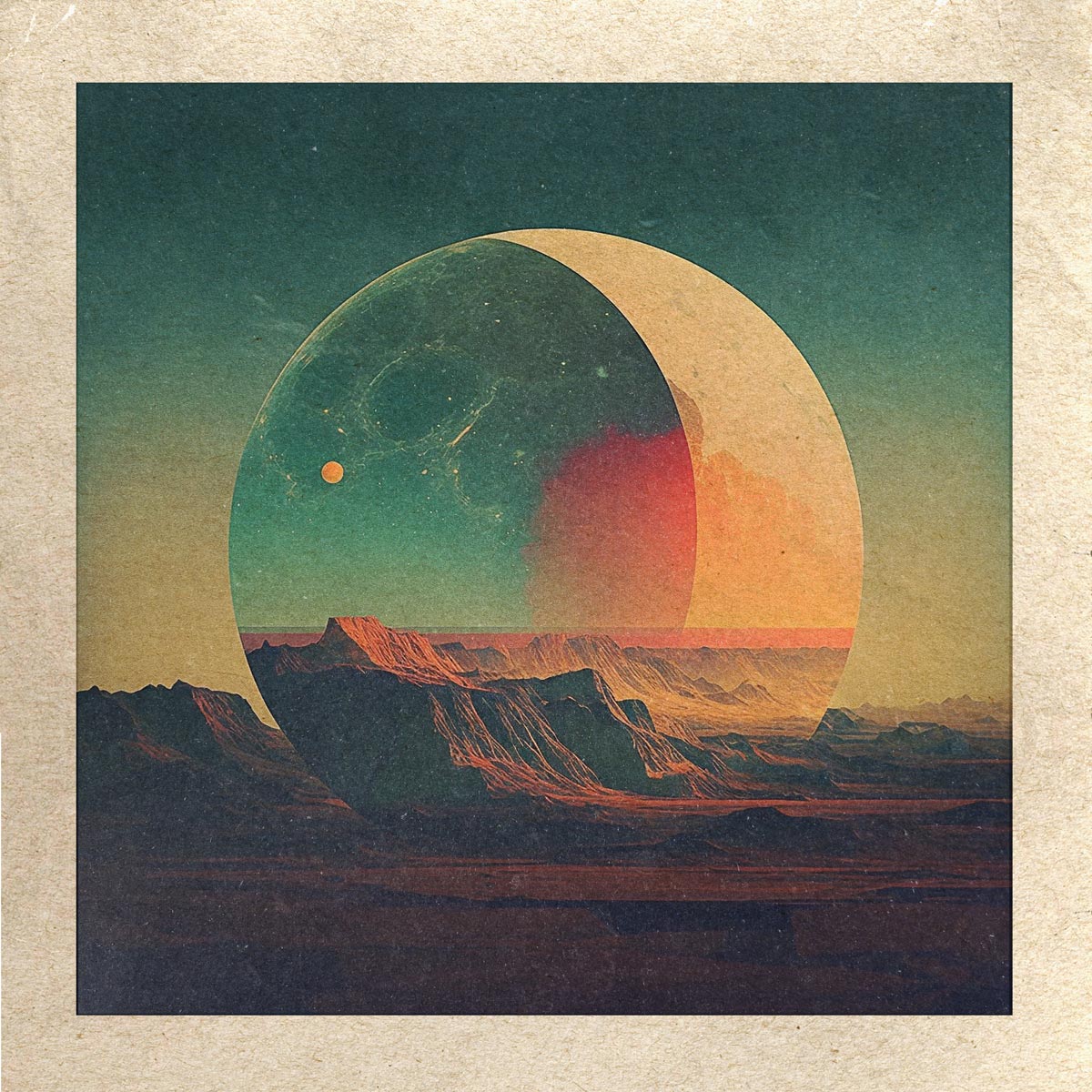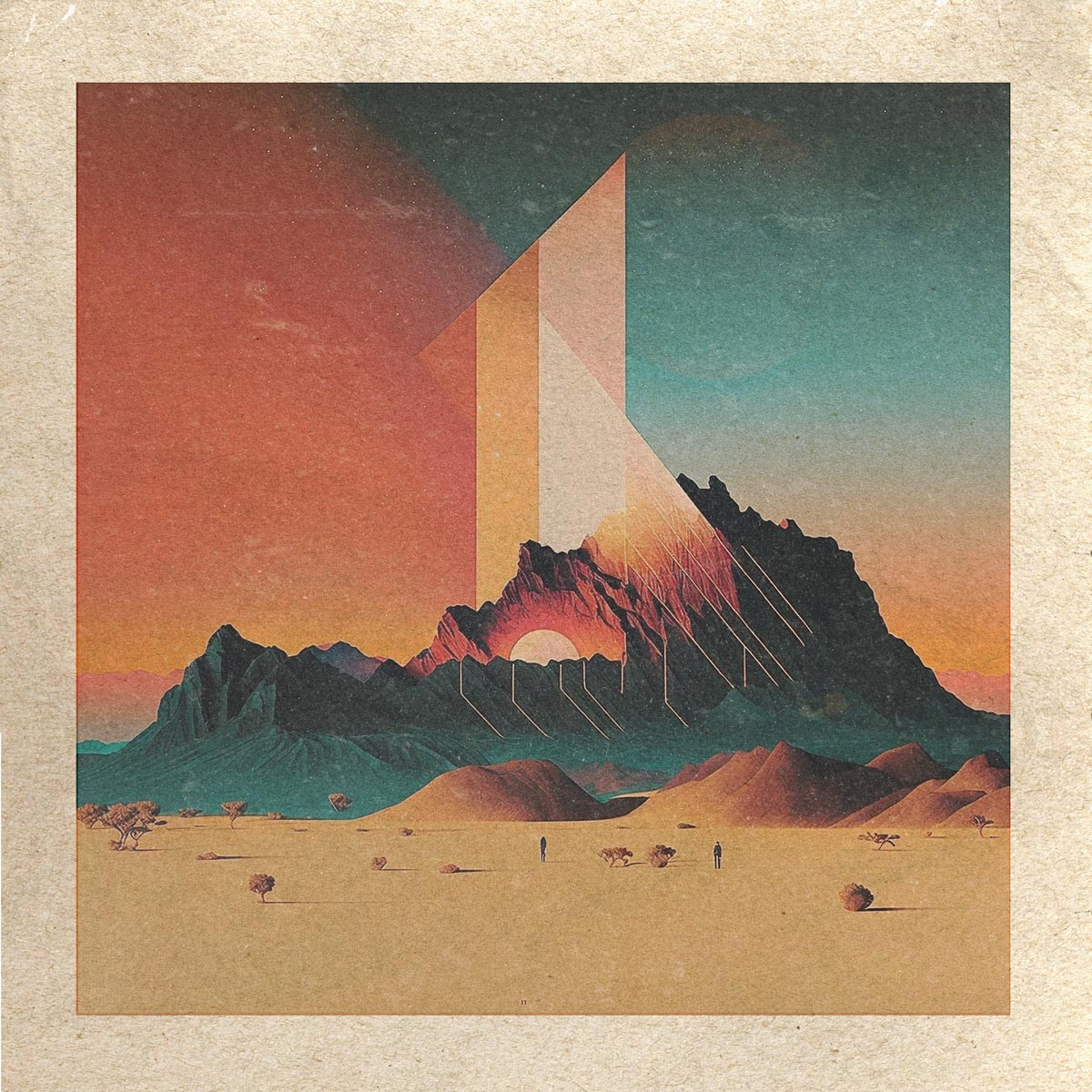Ready to be a Prompt-Ingenieur?
So schön wie Midjourney & Co. ist, so schnell hat man sich den Look übersehen. Ich würde mittlerweile sogar behaupten, dass ich mit einem geschlossenen Augen aus 20 m Entfernung sehe, ob eine Figur mit einem KI Tool gebastelt worden ist. Umso mehr konzentriere ich mich gerade darauf, irgendwas zu kreieren, was weit weg ist von „toten Gesichtern die irgendwohin starren“ –
Wenn ihr mich fragt, dann liegt ein großes Kapital der Zukunft im Verständnis der Dialektik von „Prompts“ also der Textanweisung, die der Anwendung erklärt, was sie tun soll. Und hierbei bemerke ich wiederum, dass ich beim „prompten“ oft eher einem Gefühl folge statt einer Rationalität. Und wenn ich mich nicht selbst belüge, dann bekomme ich durch einen Gefühls-geleiteten „Prompt“, für mich brauchbarere Ergebnisse. Ich bin mir nur noch nicht sicher, ob mich das wirklich beruhigt.
Zumindest beruhigt mich, dass ein gewisses Grundwissen um verschiedene Kunstformen und Künstler sowie deren Schaffensphasen in Kombination mit veröffentlichten Quellen bei der Generierung von Bildergebnissen eine gewichtigere Rolle spielt, als zu wissen, wie man das Bildformat ändert. Was ich damit meine: Einen guten „Prompt“ zu schreiben fusst auf einem Verständnis davon, wie die KI die Welt kennengelernt hat und wodurch. Addiert man nun noch ein gewisses Maß an ästhetischer Stilsicherheit beim Prompter hinzu, wird dieser in Zukunft gut zu tun haben. Denn bis die KI ihre eigenen Prompts schreiben kann, wird es vermutlich noch eine ganze Weile dauern.
Ich habe neulich irgendwo schon die ersten Stellenanzeigen für „Prompt Ingenieure“ gesehen. Bis zu 400.000 $ pro Jahr waren aufgerufen. Ein völlig neues Berufsbild, das bald nicht nur in Werbeagenturen, sondern auch in Redaktionen, Architekturbüros oder Anwaltskanzleien händeringend gesucht werden wird. Für jeden, der den Verlust von Aufträgen in der Fotografie durch KI-Bildgenerierung beklagt, werden wahrscheinlich zwei weitere Prompt Ingenieure eingestellt.
//
As beautiful as Midjourney & Co. is, it’s easy to miss the look. In the meantime I would even say that with one closed eye I can see from a distance of 20 m whether a figure has been made with an AI tool. That’s why I’m concentrating all the more on creating something that is far away from „dead faces staring somewhere“.
If you ask me, a big asset of the future is understanding the dialectic of „prompts“, the textual instruction that tells the application what to do. And here again I notice that when I say „prompt“ I often follow a feeling rather than a rationality. And if I’m not lying to myself, I get more useful results from a feeling-led „prompt“. I’m just not sure yet whether that really reassures me.
At least I am reassured that a certain basic knowledge of different art forms and artists and their creative phases in combination with published sources plays a more important role in generating image results than knowing how to change the image format. What I mean by this is that writing a good prompt is based on an understanding of how the AI has come to know the world and through what. Add to that a certain level of aesthetic stylishness in the prompter and he will have his work cut out for him in the future. Because it will probably be quite a while before the AI can write its own prompts.
I recently saw the first job advertisements for „prompt engineers“ somewhere. Up to $400,000 a year was being offered. A completely new job description that will soon be desperately sought not only in advertising agencies but also in editorial offices, architectural firms or law firms. For every one who bemoans the loss of photography jobs to AI image generation, two more prompt engineers are likely to be hired.

